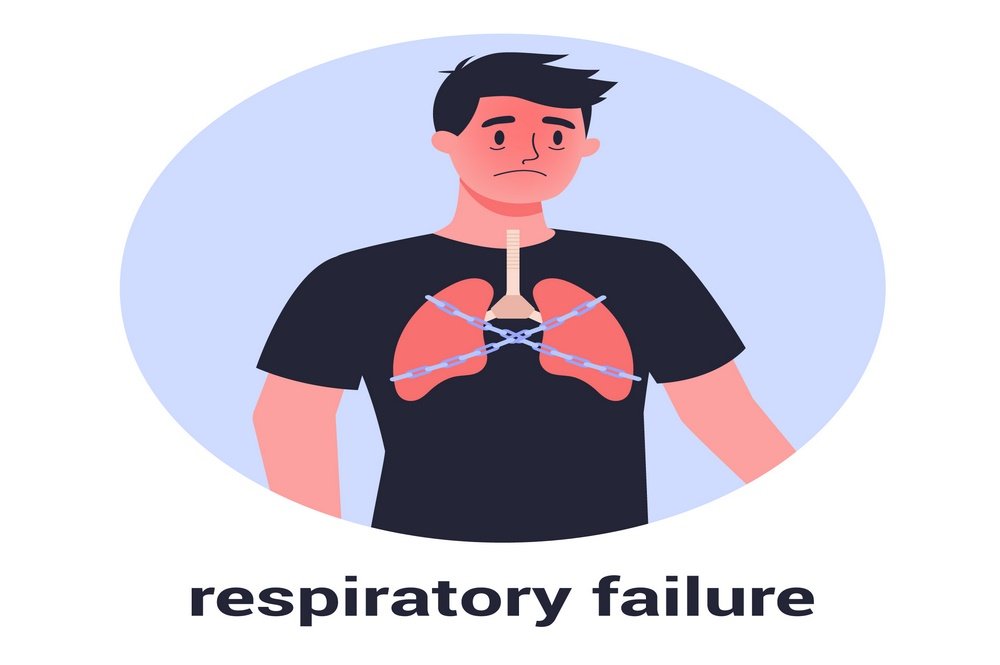Myasthenia Gravis Prognosis

After the initiation of a proper course of treatment, there are significant improvements in the muscular symptoms a myasthenia gravis patient is experiencing. People having treatments for myasthenia gravis can lead nearly normal or normal lives in most of the cases. The reports indicate that there are roughly 3% of the myasthenia gravis patients that will die from the autoimmune disorder. In addition, the risk of death is greater for those individuals who have their diagnosis at 40 years age or later that age and the ones with thymus gland cancer i.e., thymoma. Despite the lower risk of early death with myasthenia gravis, there is a general consideration of the gravis part of the myasthenia gravis disease as a misnomer which scares people. [7]
As a matter of fact, few people with the autoimmune disorder of myasthenia gravis might even suffer remission which can be a permanent or temporary absence of symptoms. Some people feel that their muscle weakness start disappearing completely. If a patient experience remission, the doctors might discontinue their medication. Moreover, up to 50 percent of the patients undergoing thymectomy surgical procedure might face long-lasting, stable, and complete remission. With the help of proper treatment, most myasthenia gravis patients can potentially improve their symptoms of muscle weakness and live their lives in a better way. Although the complete remission of myasthenia gravis is not a promising feature of the treatment but it might help in adding extra years. Moreover, certain medications can also cause adverse affects on the immune system and elevate the severity of myasthenia gravis symptoms.
The studies also suggest that the patients who survive the first 3 years of myasthenia gravis can usually gain a steady improvement or state. It is highly uncommon to experience any worsening of disease after 3 years of the disease with no complications. Thymectomy is the surgical removal of thymus gland which promises a complete remission of myasthenia gravis in a lot of patients. Whereas the prognosis of myasthenia gravis is highly fluctuating as it ranges from remission in some individuals to death in others. The current treatment involving the combination of supportive care, cholinesterase inhibitors, immunotherapy, plasmapheresis, and immunosuppressive drugs is appropriate for some patients in intensive care unit (ICU) settings. In certain cases, the symptoms might go away completely and the patients might not to use medication anymore. If a patient is religiously following his doctor’s guidance and taking the medications regularly then it is possible for him to live a completely normal life.
A majority of the myasthenia gravis patients have a life expectancy of a normal or near-normal life span. The mortality rate is quite low as 3 to 4% with primary risk factors such as older age (more than 40 years), thymoma, and brief history of progressive disease. While in the past, the mortality rate for myasthenia gravis was as high as 40% because of less advancement in drugs and treatment options. However, another important factor in the prognosis of myasthenia gravis is morbidity which results from the discontinuous impairment of the muscular strength. The “gravis” part of myasthenia gravis disorder is quite fearful and it is a misnomer but it might lead to morbidity. The morbidity arises due to the intermittent impairment of muscular strength which might lead to higher incidence of aspirations, falls, pneumonia, and even a respiratory failure.
